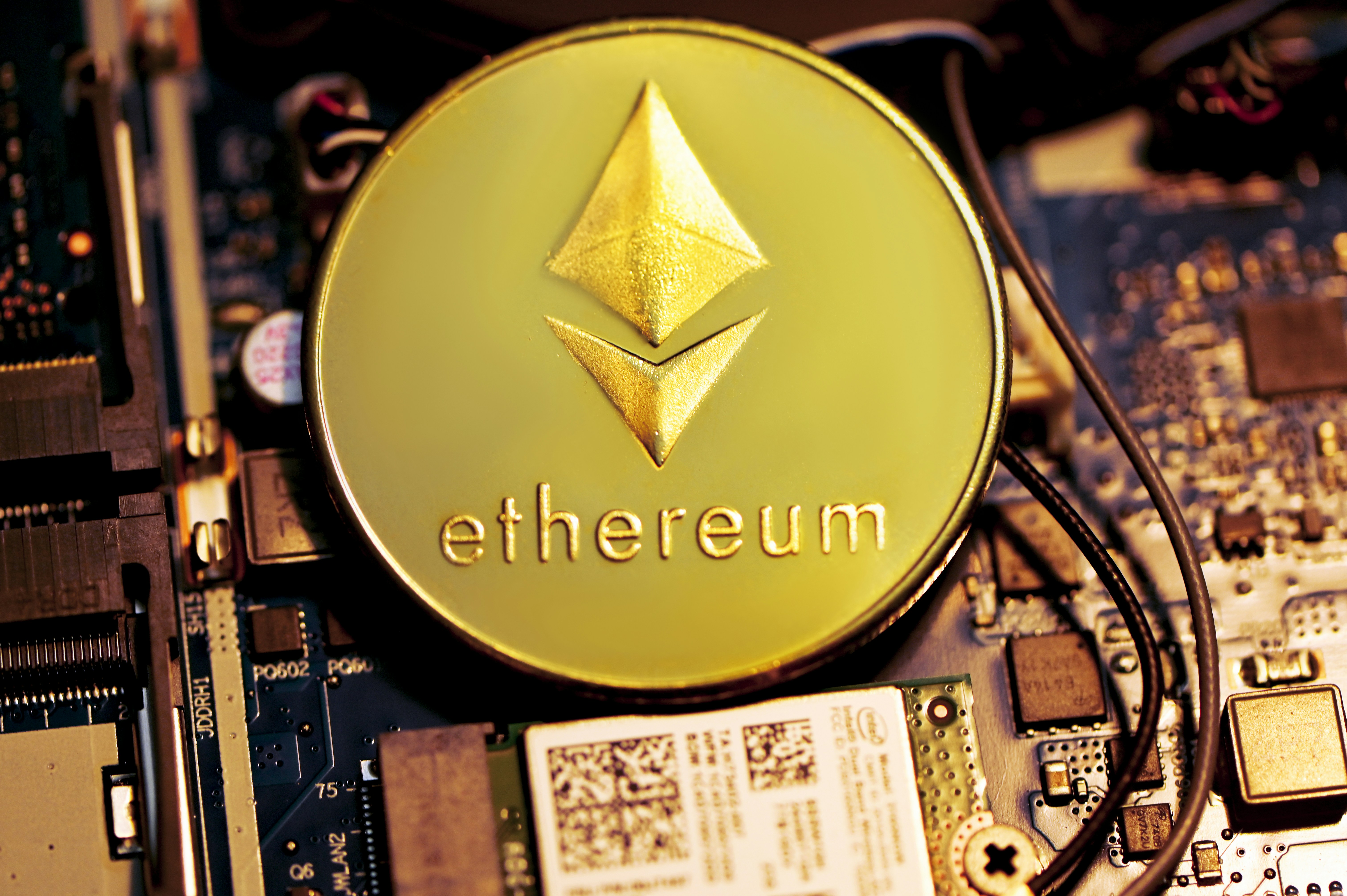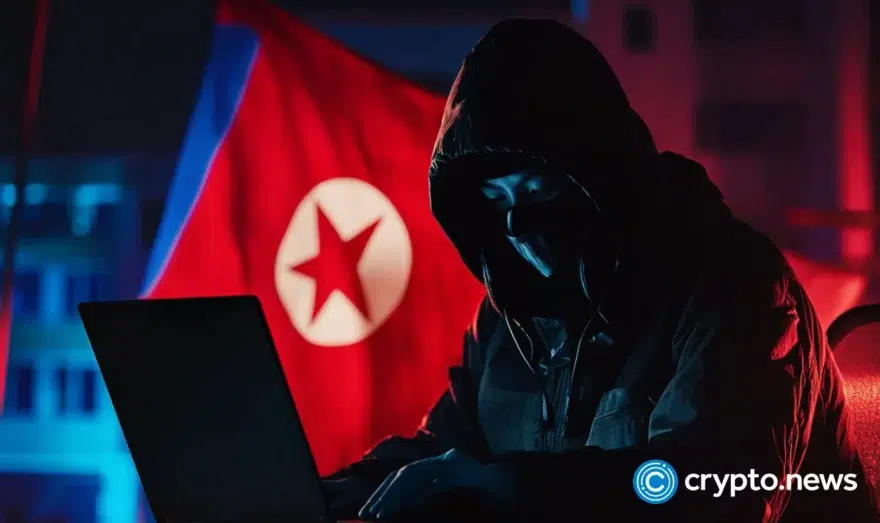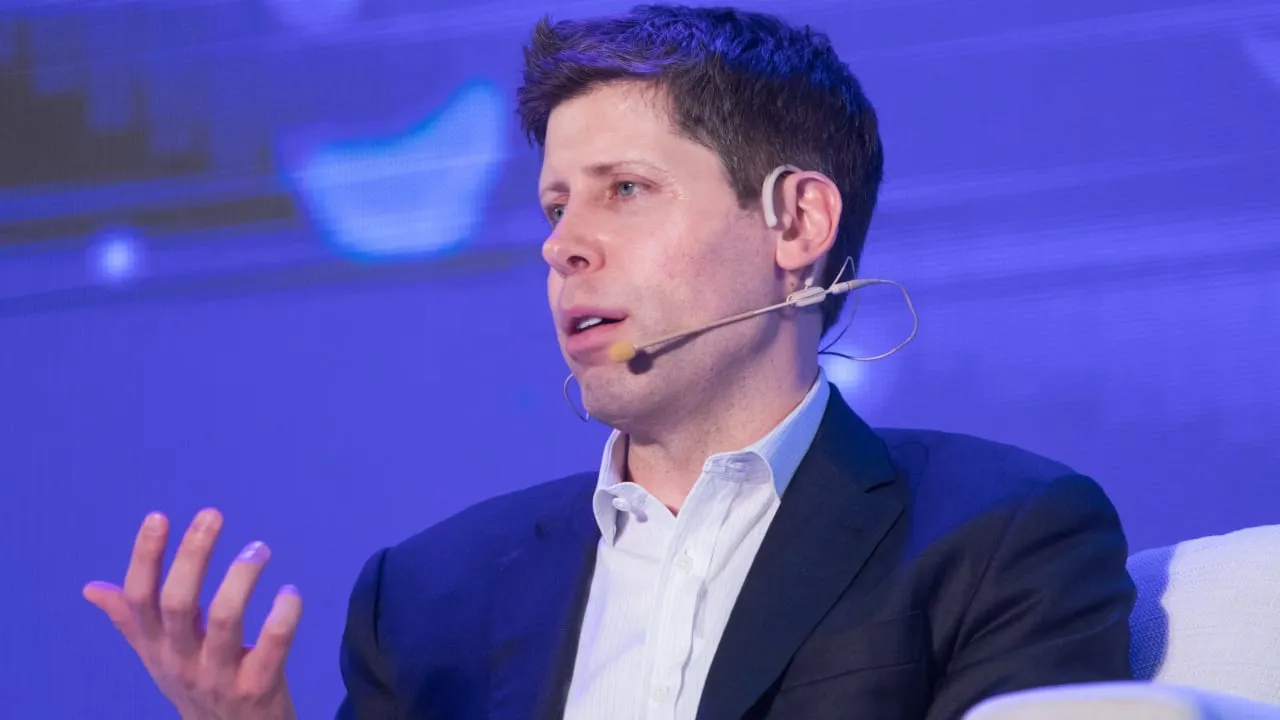JP Mullin on the Mantra Collapse: What Happened, What’s Next, and What Remains Unknown

In the wake of the sudden $5 billion collapse of Mantra’s OM token, Unlock Blockchain sat down with Jean-Patrick (JP) Mullin, Co-Founder and CEO of Mantra, in Dubai to discuss what happened, what they’ve learned five days later, and how they plan to move forward. This is his first full-length, in-person on-record interview since the event.While he spoke calmly and carefully, the toll of the past few days was evident. Mullin appeared shaken — his eyes even welled up at one point when he described Mantra as his “baby.” As a young entrepreneur, his conviction and presence were clear, though perhaps not yet fully weighed against the magnitude of what has unfolded. This isn’t a judgment — rather, a reflection of someone still in the midst of processing a crisis that few in the Web3 space have ever had to navigate.Mullin recounts the events of Sunday evening as chaotic, unexpected, and deeply troubling. He was asleep in South Korea when token movements triggered a cascade of events across exchanges. Tokens were moved from one exchange with tightened risk parameters (Binance) to another with higher leverage allowances (OKX), creating vulnerabilities that ultimately led to massive liquidations. The result: OM’s price collapsed from around $6.5 to below $1 within hours.According to Mullin, Mantra’s internal wallets did not trigger the crisis. On-chain data published by the team, and third-party analysis, suggest that neither the core team nor key investors like Shorooq or Laser Digital were involved in selling during the crash. Both investor groups hold equity and tokens in Mantra and are, by Mullin’s own words, “in the war room” trying to repair the situation.The company issued a detailed post-mortem, asserting that cascading liquidations were largely due to over-leveraged trading strategies and not insider manipulation. Mullin added that the token was used as collateral in ways they could not foresee or prevent, particularly across exchanges. In this context, he criticized the opacity of centralized trading systems and contrasted it with DeFi platforms like Aave, where users can transparently monitor loan health and collateralization ratios. He called for better transparency and industry-wide standards.Unlock notes that Binance quietly updated OM’s collateral factor just two days before the crash. As per Binance’s April 12th announcement, the exchange reduced OM’s Loan-To-Value (LTV) from 65% to 40%, suggesting their risk team had internal concerns. Mullin acknowledged the change but said Mantra was not informed in advance. This risk management decision on Binance may have set off a chain of events that led to the dumping and liquidation spiral on OKX, where higher leverage was still available.What unfolded appears to be a migration of OM token holders from Binance to OKX, where loans were taken out — and ultimately liquidated — triggering losses on OKX and a downward price spiral. The irony is that shorting activity primarily occurred on Binance, while liquidation unfolded on OKX.Both Binance and OKX only listed the ERC-20 version of OM. Mullin noted that Binance had been in the process of integrating Mantra’s native L1 token, but the crisis derailed that progress. The existence of two versions of OM — ERC-20 and L1 — was also a flashpoint. Mullin rejected the idea that this “doubled the supply,” clarifying that tokens bridged from ERC-20 to the mainnet were burned one-for-one. However, he acknowledged that the technical narrative around the dual token structure was not effectively communicated to all market participants.Mullin emphasized that VARA (Virtual Asset Regulatory Authority) was informed immediately. “One of the first calls we made was to VARA,” he said. Since then, the regulator has remained in contact, and Mullin confirmed Mantra’s VASP license remains active. Yet, he refrained from speaking on behalf of VARA or disclosing whether they have requested data from the exchanges involved.That said, Unlock believes the key to what happens next may rest with the regulator. With jurisdiction over market conduct and investor protection, VARA likely has access to full data from all involved exchanges and could determine if foul play occurred.Despite the collapse, Mullin insisted that Mantra remains solvent, operational, and committed to its roadmap. Institutional partners, including MAG and DAMAC Properties, remain engaged, and Mantra still holds a multi-billion-dollar pipeline of RWA tokenization projects in the UAE.He confirmed that Mantra does not require emergency capital but will continue raising funds to maintain future runway. Mullin has also proposed a token buyback and burn program, although he admits it’s still in development.As for leadership, Mullin said there are no plans for him to step down. “Shorooq backs founders until they stop trying,” he said, quoting Shane Shin from Shorooq. “I will never quit.”While Mullin dismissed claims that the token’s dual structure caused the collapse, another issue remains widely discussed: whether OM’s price was artificially inflated via discounted OTC token sales that were later injected into circulating supply.Unlock has examined this narrative in prior coverage. We believe the practice of selling discounted tokens OTC, then using them to influence chart momentum, constitutes price manipulation. It may not explain the full scope of the pump or the speed of the dump — but it was wrong.OKX CEO Star Xu weighed in publicly via X, calling the OM saga a “big scandal to the whole crypto industry.” He emphasized that all on-chain unlock and deposit data is public, and that collateral and liquidation data from major exchanges can and should be investigated. Xu pledged that OKX will soon publish a detailed report.Despite support from investors, team members, and even some community voices, the fate of Mantra may ultimately hinge on two powerful actors: VARA and Binance. In a rapidly evolving landscape for real-world asset (RWA) tokenization, what happens next will either reinforce or undermine the trust that has been steadily building around the UAE’s Web3 regulatory regime. A misstep could risk stalling momentum just as the groundwork for regulated tokenization projects was starting to mature.While the Mantra team is actively rebuilding trust and continuing operations, the real test lies ahead. If Binance — with its minimal exposure to OM — opts to delist the token, it could trigger a domino effect across the market. Meanwhile, VARA’s regulatory judgment will set the tone for how such crises are handled, and whether confidence in RWA initiatives can be restored.For now, Mantra’s survival depends less on internal resolve and more on external decisions yet to come. Will VARA’s response set a new precedent for Web3 regulation in the UAE? Will Binance’s next move signal a broader shift in how exchanges handle token collapses? And can Mantra truly recover from a crash of this magnitude — or has the damage already been done?Unlock Blockchain has never engaged in any commercial relationship with Mantra. We do not hold any OM tokens, and this interview was conducted solely in the interest of clarity, transparency, and public trust. We aim to serve the ecosystem by providing reliable Mantra token transparency, keeping our readers informed on OM token news updates, and contributing to the integrity of Web3 regulation in the UAE.

Published on Other News Site

















